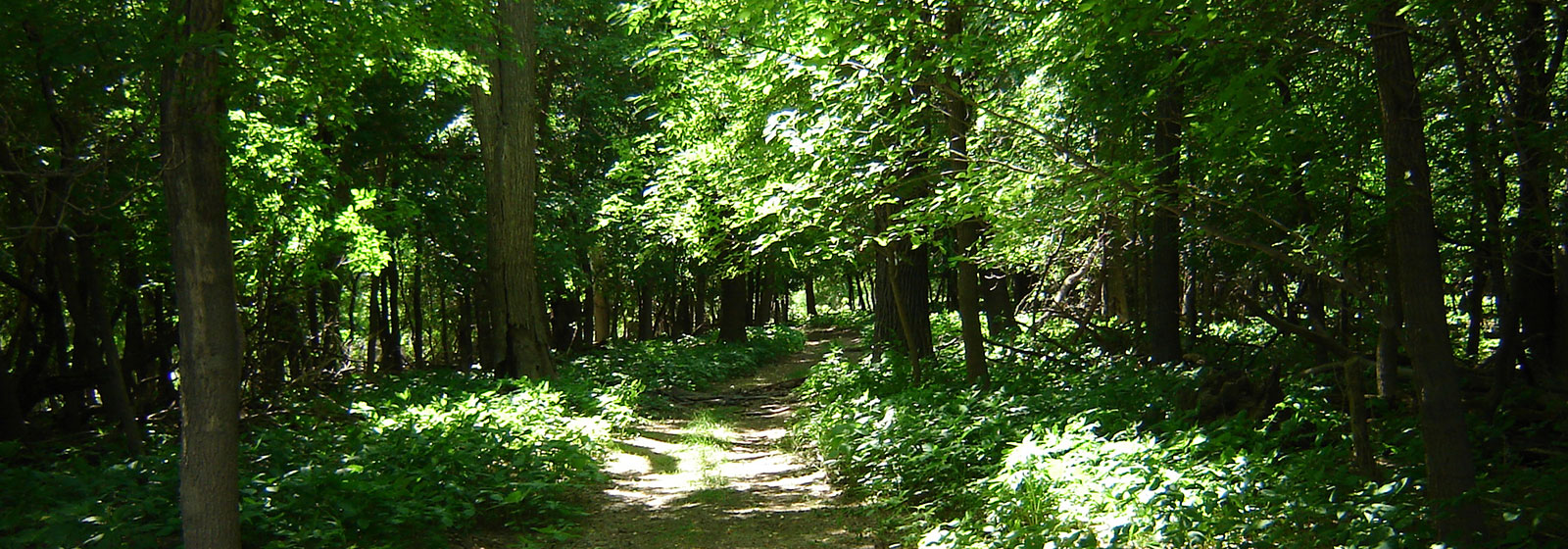
A trailhead sign welcomes visitors and orientates them to the trail. The trailhead sign often includes a box to hold trail guides.
We specialize in designing the trail itself or if you have an existing trail we can develop the interpretive product best suited to your site.
The most challenging aspect of creating an interpretive trail is finding ways to tie the themes to the landscape – using specific landscape features to demonstrate the story we are telling. This is what makes it an interpretive trail. Sherry Dangerfield
Each interpretive trail is designed around its own unique theme – the key message you want your visitors to remember. The interpretive media can take many forms – guide booklet, signs, apps, listening posts, activities or combination.
Every trail needs a trailhead sign to show visitors they have arrived. It introduces the trail, provides a map of the route and tells them who sponsored the trail. Along the trail each stop should be marked in some way to cue the visitor to check the app, read the brochure or sign or do an activity. Ideally the trail should form a loop about one kilometre (half mile) long. But there are many trails that are linear and longer, or part of a stacked loop system.
We can advise you on trail surfacing materials, infrastructure and maintenance, or extras like viewing decks and benches. Before you start thinking about an app, make sure your trail has sufficient cell coverage.
An interpretive trail tells a story. What story do you want to tell?
Take a stroll through some of our interpretive trail examples:
- Red Rock Walk About
- Fore Evergreen Walk
- Amisk Trail
- Pine to Prairie International Birding Trail
- Manitoba Grassland Birding Trail
- River Road Heritage Parkway
- Lessons from the Land Trail
- Forgotten Forests of the Prairies
- Criddle Vane Homestead Trail
- Trans Canada Trail
- Falcon Creek Trail
- Flying Dragons Trail
- Old Pinawa Trails
- Taking Flight Trail
- Pine Ridge Trail
- Foresters Footsteps Trail
